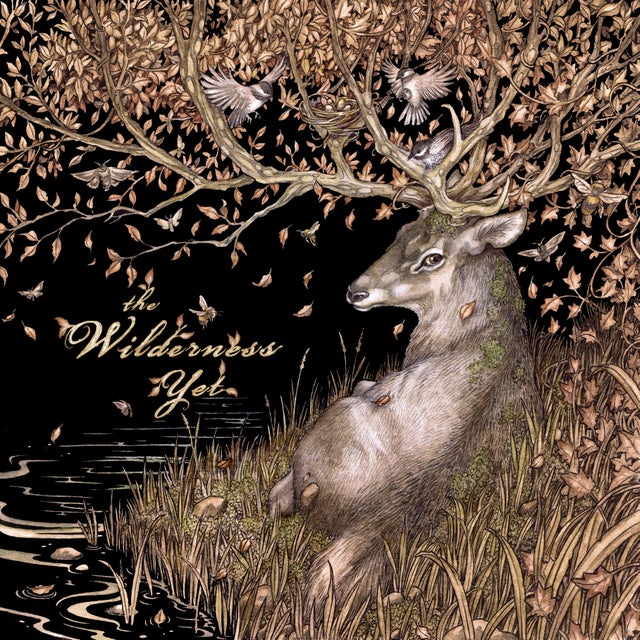Iona Lane – Hallival – Album Review

Released – March 25 2022 From beyond the rolling mist (and probably a few sheets of snow) the mountain of Hallival stands beautiful as a site of exploration, and in seeing it, a conquest of one’s own very ideas of beauty. Iona Lane’s debut album takes this beauty and transcribes it into a folky exploration […]
The Wilderness Yet – Debut Album Review

Their ears and hearts nested in the traditional, ‘The Wilderness Yet’ provide an album with many brilliant, emotional responses to nature. Away from the bustle, in a secret garden within the leafy settlement of Sheffield, we get the glimpse of a band bringing their debut to the fore. “The Wilderness Yet” comprises of Rowan Piggott […]
Elfin Bow – A Debut Album Review

Elfin Bow – (Elfin Bow) Elfin Bow Music Recorded at: Hound Dog Studios, Liverpool www.elfinbow.co.uk Released 18th March 2017 Elfin Bow is very much the ringmaster in this positively creative and interesting debut that takes the best elements of her musical inspirations and fuses them with the mysteries and wonders of folk music. […]